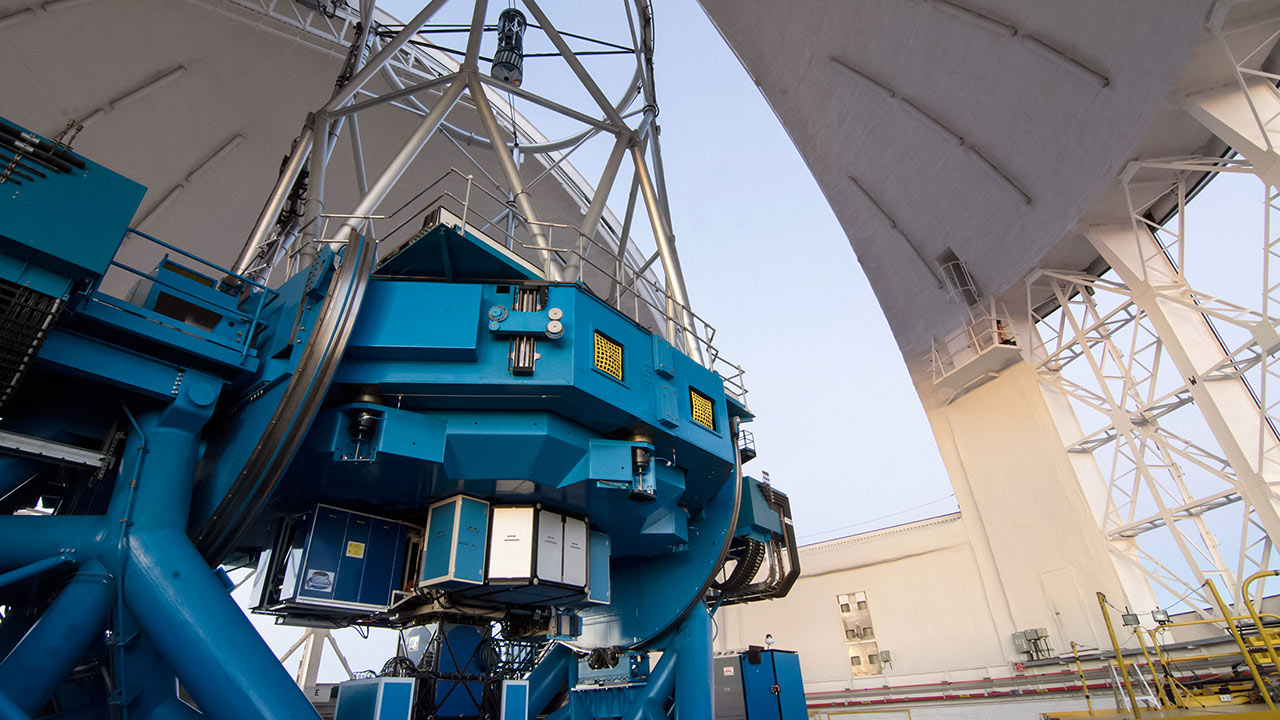Astronomy, as a discipline, continually reshapes our understanding of the cosmos, challenging preconceived notions about planetary formation, habitability, and the sheer diversity of celestial bodies that inhabit the vast expanse of the universe. Recent discoveries have propelled the field forward, culminating in the identification of the smallest exoplanet ever observed directly. This remarkable feat not only reshapes the parameters by which we measure planetary size but also beckons a fundamental re-evaluation of our understanding of exoplanetary characteristics and their implications for potential life beyond Earth.
Exoplanets, defined as planets that orbit stars outside our solar system, have been detected using various methodologies, including the transit method, radial velocity, and direct imaging. Historically, the discovery of exoplanets was dominated by larger counterparts, chiefly due to detection biases and technological limitations. The advent of sophisticated telescopes and imaging techniques, however, has transcended these obstacles, revealing smaller and increasingly elusive worlds—the latest triumph being the identification of an exoplanet with a mass previously unrecorded in direct observations.
The smallest exoplanet now known to be imaged directly raises compelling questions regarding planetary composition and formation. In the case of this minuscule entity, its mass suggests it could be composed of materials typically associated with planets much larger. For instance, if it is primarily rocky, its density might corroborate the rocky nature shared by terrestrial planets such as Earth and Mars. Alternatively, if it exhibits gaseous characteristics, this would align it more closely with the myriad of gas giants dominating the planetary landscape.
This discovery underlines an essential paradigm shift in exoplanetary research. Historically, assumptions concerning a planet’s mass and composition were predicated on comparative size indicators gleaned from larger worlds. The smaller the planet, the more complex its study can become, particularly when considering atmospheric conditions and potential habitability. The implications of finding a planet so diminutive, yet capable of being observed through direct imaging, recalibrates existing models of planet formation and migration.
Intriguingly, this exoplanet is poised to challenge longstanding notions about the likelihood of finding habitable conditions in smaller celestial bodies. Prior to this revelation, it was conventional to dismiss the potential for smaller exoplanets to exhibit conditions hospitable to life. However, this finding necessitates a broader inquiry into the characteristics that define habitability. With the newly established precedent, it becomes essential to evaluate how planetary atmospheres, surface pressure, and thermal conditions may vary, thereby expanding the criteria utilized to define habitable zones. This necessitates a reevaluation of the parameters guiding our search for extraterrestrial life.
Moreover, as astronomers delve deeper into the nuances of planetary systems, this exoplanet opens the door for the exploration of atmospheric composition and stability. If future spectroscopic studies reveal gaseous envelopes, their composition could inform us immensely about planetary formation and evolution. Such advancements could uncover clues regarding the presence of essential molecules for life, such as water vapor, carbon dioxide, or methane. This could initiate further investigations into their potential interaction with solar radiation, influencing the habitability of not only this newly discovered world but others in similar mass categories.
As discussions surrounding planetary discovery intensify, the smallest exoplanet also raises significant questions regarding the demographics of known exoplanetary systems. The sheer diversity in planetary sizes, orbits, and compositions across various stars suggests that our understanding of solar system formation is far from complete. This exoplanet reinforces the notion that smaller planets may be more numerous than larger ones in different galaxy environments, a perspective that could drastically influence future astronomical surveys and observatories that aim to catalog exoplanetary systems.
In the context of technological advances, this discovery also demonstrates the remarkable capabilities of contemporary imaging systems. Innovations in adaptive optics, detection algorithms, and high-contrast imaging techniques have rendered direct imaging of previously invisible celestial bodies possible. As observers refine these methodologies, anticipation grows regarding the potential to discover even smaller exoplanets and investigate their physical and atmospheric characteristics, effectively pioneering a new frontier in exoplanetary science.
The implications of this discovery extend beyond immediate scientific inquiry; they provoke deeper reflections on humanity’s place within the cosmos. The notion that the universe, vast and brimming with potential, houses diminutive worlds opens a tapestry of possibilities regarding our existence and our aspirations for future exploration. As we uncover the intricacies of such worlds, we come closer to understanding our own planetary dynamics, from geological activity and atmospheric retention to magnetic fields and the mechanisms that sustain life.
In summary, the discovery of the smallest exoplanet ever seen directly represents a watershed moment in the field of astronomy. It urges a reevaluation of our assumptions and methodologies within exoplanetary research and promises to herald a burgeoning chapter in our quest to understand life beyond Earth. As new opportunities for exploration arise, the scientific community stands on the precipice of transformation, poised to unravel the mysteries of the smallest worlds that dot the tapestry of our universe.










